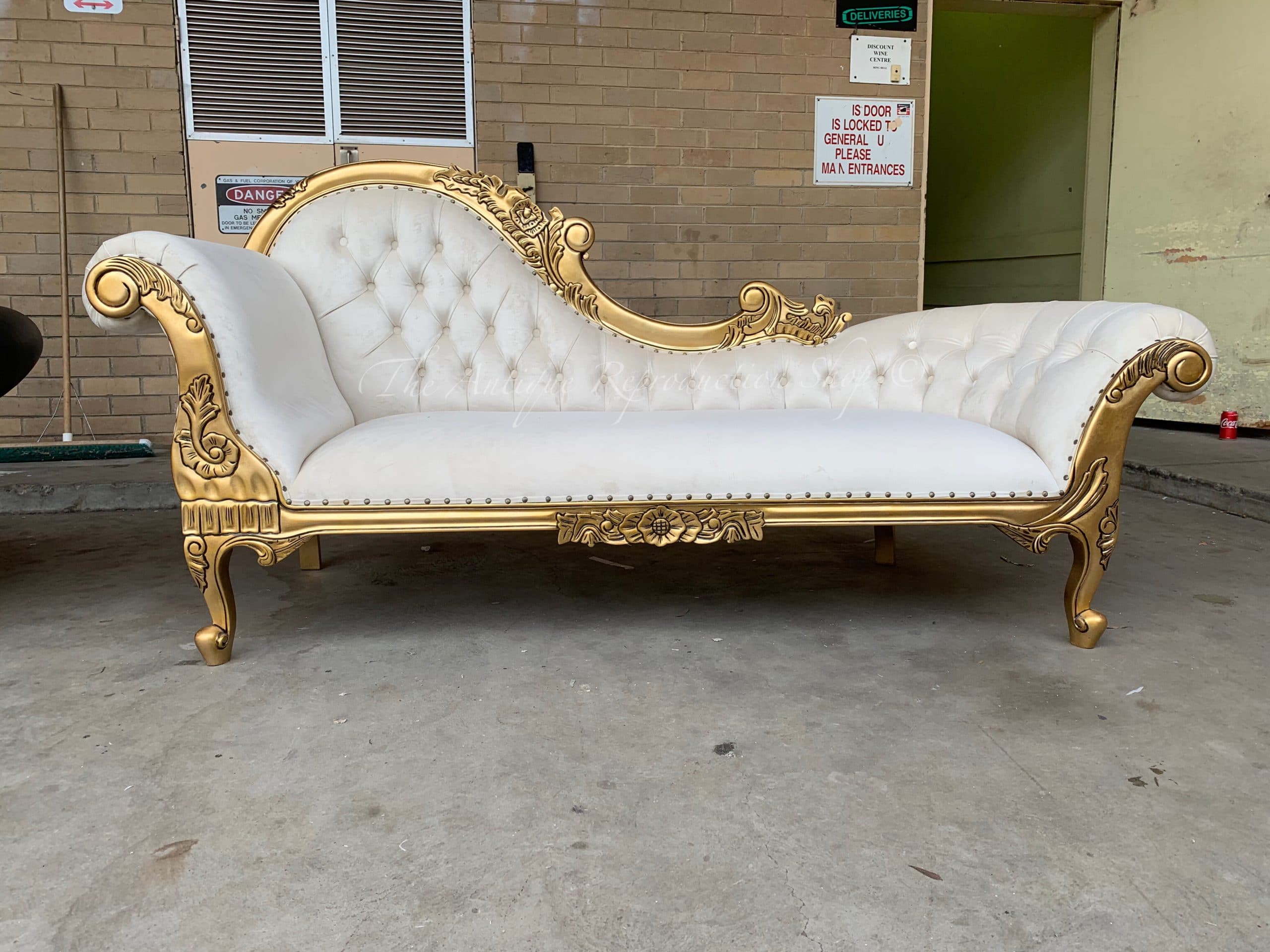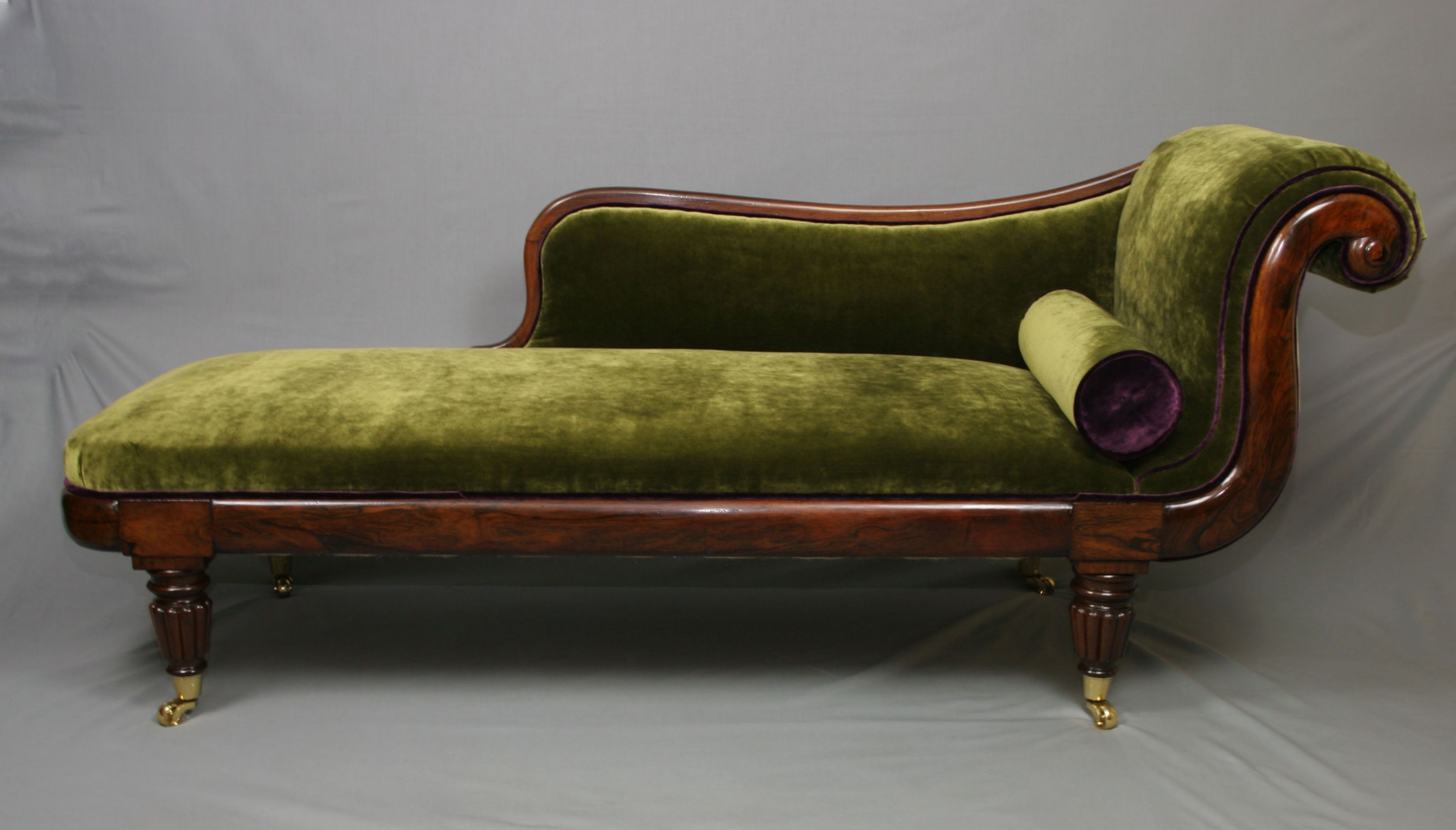History and Evolution of the Chaise Lounge

The chaise lounge, a symbol of relaxation and luxury, has a rich and fascinating history spanning centuries. From its ancient origins to its modern interpretations, this iconic piece of furniture has evolved alongside changing cultural tastes and societal norms. Its journey reflects the evolution of design, materials, and the very concept of leisure itself.
Ancient Origins and Early Influences
The chaise lounge’s roots can be traced back to ancient civilizations, where reclining furniture was a common feature of both domestic and public spaces. In ancient Egypt, for example, elaborate couches known as “klinai” were used for sleeping, lounging, and even receiving guests. These couches were often adorned with intricate carvings and luxurious fabrics, reflecting the high status of their owners. The Romans, known for their practical and functional approach to design, also developed reclining chairs called “lectus,” which were used for reading, writing, and social gatherings. These early reclining chairs, with their emphasis on comfort and practicality, laid the foundation for the chaise lounge’s later development.
The Renaissance and the Rise of the Chaise, Antique chaise lounge chair
During the Renaissance, a renewed interest in classical art and culture led to a revival of reclining furniture. The chaise lounge, in its more recognizable form, emerged as a popular choice for the aristocracy and wealthy elite. These early chaise lounges were often crafted from richly carved wood and upholstered in luxurious fabrics like velvet and silk. They were typically placed in grand salons and drawing rooms, where they served as a statement of wealth and sophistication.
The 18th Century: The Chaise Lounge Takes Shape
The 18th century saw a significant evolution in chaise lounge design. The Rococo period, characterized by its elaborate ornamentation and asymmetrical forms, influenced the creation of chaise lounges with curved backs, scrolled arms, and intricate carvings. These designs emphasized elegance and comfort, reflecting the changing tastes of the era. The French, renowned for their craftsmanship and artistic sensibility, played a key role in popularizing the chaise lounge as a symbol of refined living.
The 19th Century: A Shift Towards Simplicity
As the 19th century progressed, the chaise lounge underwent a shift towards more streamlined and functional designs. The Neoclassical style, with its emphasis on simplicity and proportion, influenced the creation of chaise lounges with straight lines, understated ornamentation, and a focus on comfort. These designs reflected a growing appreciation for practicality and a move away from the extravagance of earlier periods.
The 20th Century: Modernism and Beyond
The 20th century witnessed a radical transformation in chaise lounge design. The rise of modernism led to the creation of chaise lounges with clean lines, minimalist forms, and a focus on functionality. Iconic designers like Le Corbusier and Marcel Breuer created innovative designs that emphasized comfort and efficiency, while still maintaining a sense of elegance. The Bauhaus movement, with its emphasis on functionality and simplicity, also played a significant role in shaping the modern chaise lounge.
The 21st Century: Chaise Lounge Reimagined
In the 21st century, the chaise lounge continues to evolve, adapting to contemporary lifestyles and design trends. From minimalist designs to eclectic interpretations, the chaise lounge remains a versatile and stylish piece of furniture. Modern materials like metal, plastic, and sustainable fabrics have broadened the design possibilities, while technological advancements have led to the creation of chaise lounges with features like built-in massage systems and adjustable reclining mechanisms.
Collecting and Restoring Antique Chaise Lounges: Antique Chaise Lounge Chair

Embarking on the journey of collecting and restoring antique chaise lounges is a captivating endeavor that combines historical appreciation, artistic finesse, and the thrill of uncovering hidden treasures. It’s a world where each piece tells a story, reflecting bygone eras and craftsmanship.
Identifying Authentic Antique Chaise Lounges
Authenticating antique chaise lounges requires a discerning eye and a keen understanding of historical details. Here’s a guide to help you navigate the world of antique chaise lounges:
- Hallmarks and Makers’ Marks: Look for hallmarks, stamps, or labels that indicate the maker, the period of manufacture, or the origin of the piece. These markings are often found on the underside of the frame, the upholstery, or on the hardware. For example, a chaise lounge bearing the hallmark of a renowned furniture maker like “Thonet” or “Herter Brothers” would be a valuable indicator of authenticity.
- Construction Techniques: Examine the construction techniques used in the chaise lounge. Antique pieces often exhibit meticulous craftsmanship with traditional joinery methods like mortise and tenon, dovetail joints, and hand-carved details. Pay attention to the quality of the wood, the finish, and the overall construction. A well-constructed antique chaise lounge will demonstrate durability and craftsmanship that may not be found in later reproductions.
- Materials: The materials used in antique chaise lounges can provide valuable clues about their age and origin. For instance, look for the use of hardwoods like mahogany, walnut, or cherry, which were popular choices for high-quality furniture in the past. Examine the upholstery materials, such as leather, velvet, or silk, which can indicate the period and style of the chaise lounge.
- Style and Design: Familiarize yourself with the stylistic trends of different historical periods. The design of an antique chaise lounge can reveal its age and origin. For example, a chaise lounge with a classic Louis XV style, characterized by its curved lines and intricate carvings, would likely date back to the 18th century.
Restoring Antique Chaise Lounges
Restoring an antique chaise lounge is a labor of love that involves meticulous attention to detail and a deep respect for its history. Here’s a breakdown of the restoration process:
- Cleaning and Refinishing: The first step involves cleaning the chaise lounge thoroughly to remove dirt, grime, and any coatings that may have been applied over time. This process may involve gentle cleaning with specialized solutions, vacuuming, and dusting. Once cleaned, the wood may need to be refinished to restore its original luster and protect it from further damage. This may involve stripping off old finishes, sanding, and applying new coats of varnish, stain, or paint.
- Reupholstering: The upholstery of an antique chaise lounge often requires attention. The fabric may be worn, faded, or damaged, and the padding may need to be replaced. Reupholstering involves removing the old upholstery, replacing the padding, and applying new fabric. Choosing the right fabric is crucial to maintaining the historical integrity of the piece. For example, using a traditional fabric like linen or velvet would be appropriate for a chaise lounge from the Victorian era.
- Repairing: Antique chaise lounges may require repairs to address structural issues, broken parts, or damaged hardware. This may involve fixing loose joints, replacing broken pieces, or restoring damaged hardware. These repairs should be carried out by experienced professionals who understand the intricacies of antique furniture.
Value and Significance of Antique Chaise Lounges
Antique chaise lounges hold significant value beyond their aesthetic appeal. They are historical artifacts that offer a glimpse into the past and reflect the craftsmanship, styles, and lifestyles of bygone eras. Here’s why antique chaise lounges are so valuable:
- Historical Importance: Antique chaise lounges provide tangible connections to the past, offering insights into the evolution of furniture design, craftsmanship, and social practices. They can be valuable resources for historians, art historians, and collectors who seek to understand the cultural and social contexts of different historical periods.
- Aesthetic Value: Antique chaise lounges are often admired for their elegant designs, intricate details, and timeless beauty. They can add a touch of sophistication and historical charm to any space.
- Cultural Significance: Antique chaise lounges are often associated with specific historical periods, cultural movements, or notable figures. For example, a chaise lounge from the Regency era might evoke images of Jane Austen’s novels and the elegance of the English aristocracy.
So you’ve got this awesome antique chaise lounge chair, right? It’s a conversation starter, a piece of history, and probably smells faintly of old books and pipe tobacco. But, let’s be real, it’s also a magnet for spills, crumbs, and the occasional cat nap gone wrong.
That’s where two seater chair covers come in! They’re like a superhero cape for your chaise, protecting it from the perils of everyday life, while still letting its vintage charm shine through.
My grandmother’s antique chaise lounge chair is so elegant, it practically demands a velvet robe and a glass of sherry. But let’s be real, the only thing that’s going to keep that thing looking pristine is a good, sturdy cover.
Maybe something like those IKEA patio chair covers – they’re surprisingly stylish, and definitely more practical than a dust ruffle.